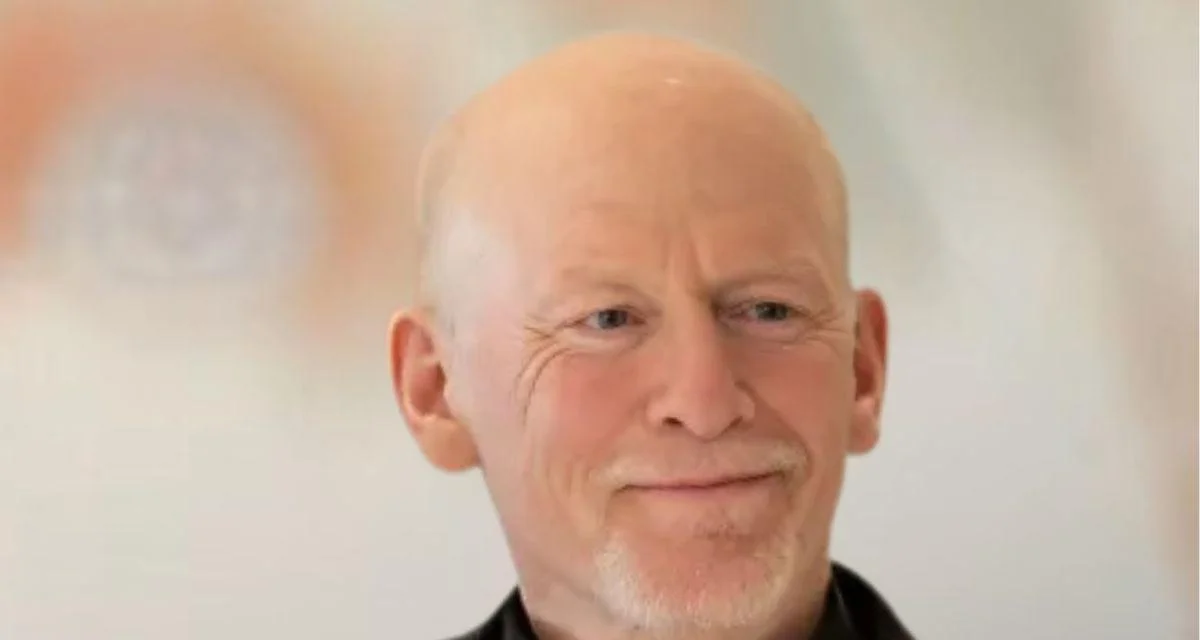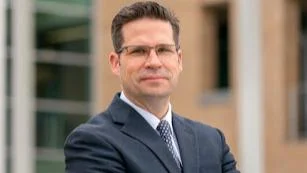
Rev. Brian J. Shanley, O.P. President | St. John's University website
St. John’s University has been awarded a $350,000 grant to enhance Science, Technology, Engineering, and Mathematics (STEM) outcomes among underrepresented minorities as part of a seven-school initiative designed to address barriers faced by minorities interested in those fields.
The US National Science Foundation (NSF)’s Louis Stokes Alliances for Minority Participation (LSAMP) program awarded $3.5 million to the Lower Hudson Valley Catholic Colleges and Universities Consortium, an alliance of private Catholic colleges and universities in New York State. In addition to St. John’s, the six other participating colleges and universities are Manhattan College, Molloy University, Mount Saint Mary College, St. Francis College, St. Joseph’s University, New York, and St. Thomas Aquinas College.
St. John’s College of Liberal Arts and Sciences will receive $70,000 annually over the next five years. The money will assist in the recruitment of undergraduate students from underrepresented minority groups interested in STEM curricula, including Biochemistry, Biology, Chemistry, Mathematics, and Physics. It will also support peer-to-peer mentoring programs and other efforts to improve student retention and entry into career fields or graduate study.
Clinical undergraduate programs such as those offered in the College of Pharmacy and Health Sciences or The Lesley H. and William L. Collins College of Professional Studies are not eligible.
Dr. Hyslop was the primary grant writer. Srividhya Swaminathan, Ph.D., Associate Dean, Undergraduate Division at St. John’s College and Professor in the Department of English was the University’s liaison with LSAMP throughout the 18-month application process. Sharod L. Tomlinson ’21Ed.D., Assistant Vice President for Equity and Inclusion/Student Belonging and Director of R.I.S.E Network will supervise the administration of the grant funds.
While nearly a quarter of the United States workforce is employed in STEM-related fields, only 15 percent identify as Hispanic and only 10 percent identify as Black; a mere one percent identify as either American Indian or Native Alaskan. According to the US National Science Foundation reasons for minority underrepresentation include a lack of exposure to STEM opportunities in elementary and middle school; limited access to advanced STEM courses in high school; economic constraints that limit access to enrichment programs and resources including computers; and fewer role models and mentors from underrepresented groups.
“The lack of minority representation in all STEM disciplines is so obvious that the NSF has created specific lines of funding to address the imbalance,” Dr. Swaminathan explained. “And it's not just the NSF. In the past we have received grants aimed at increasing the ability of underrepresented minorities to succeed and thrive in STEM fields.”
Named for former US Representative Louis Stokes (1925–2015), LSAMP provides funding to higher education alliances whose strategies result in graduating well-prepared students from underrepresented populations who then pursue graduate studies or careers in STEM fields.
The similar values of the seven Catholic institutions in New York created a natural alliance. In distributing the funds these institutions follow a shared formula with some freedom allowed for each institution's unique character.
“STEM skills are crucial in today’s technology-driven world,” Dr. Tomlinson said.“By providing support encouragement opportunities we can help bridge gap create more diverse inclusive STEM community.”



 Alerts Sign-up
Alerts Sign-up